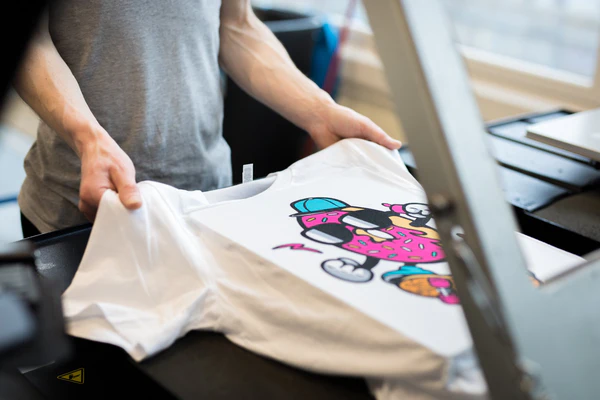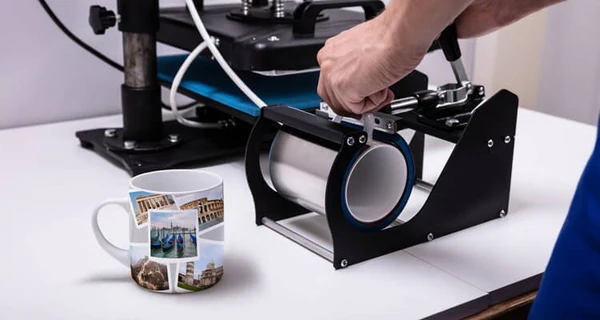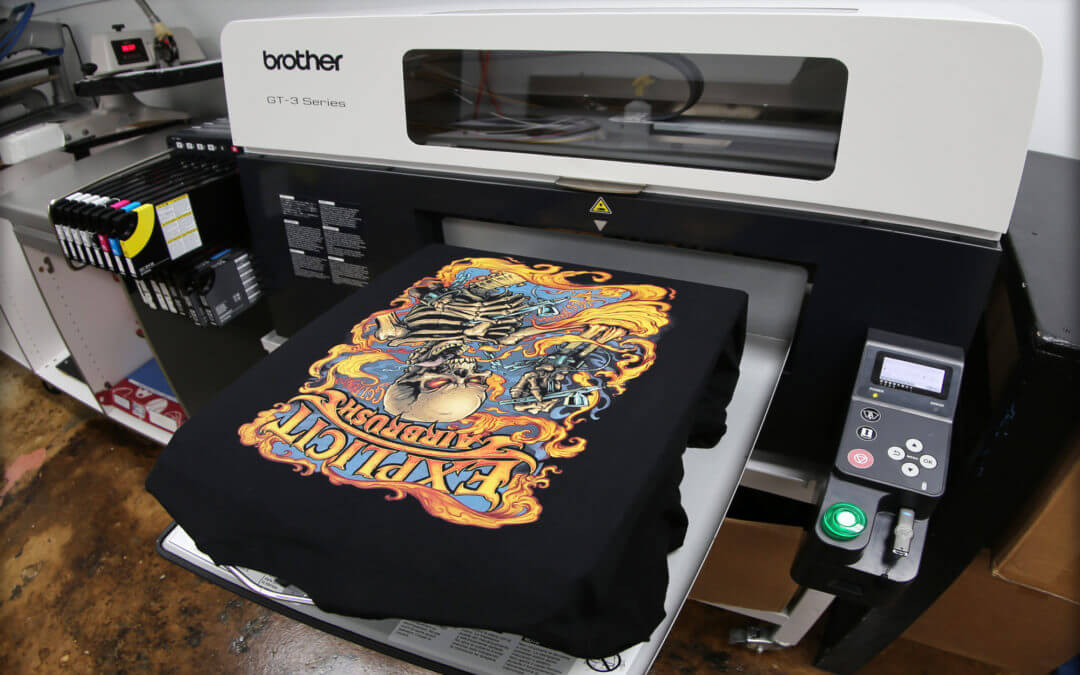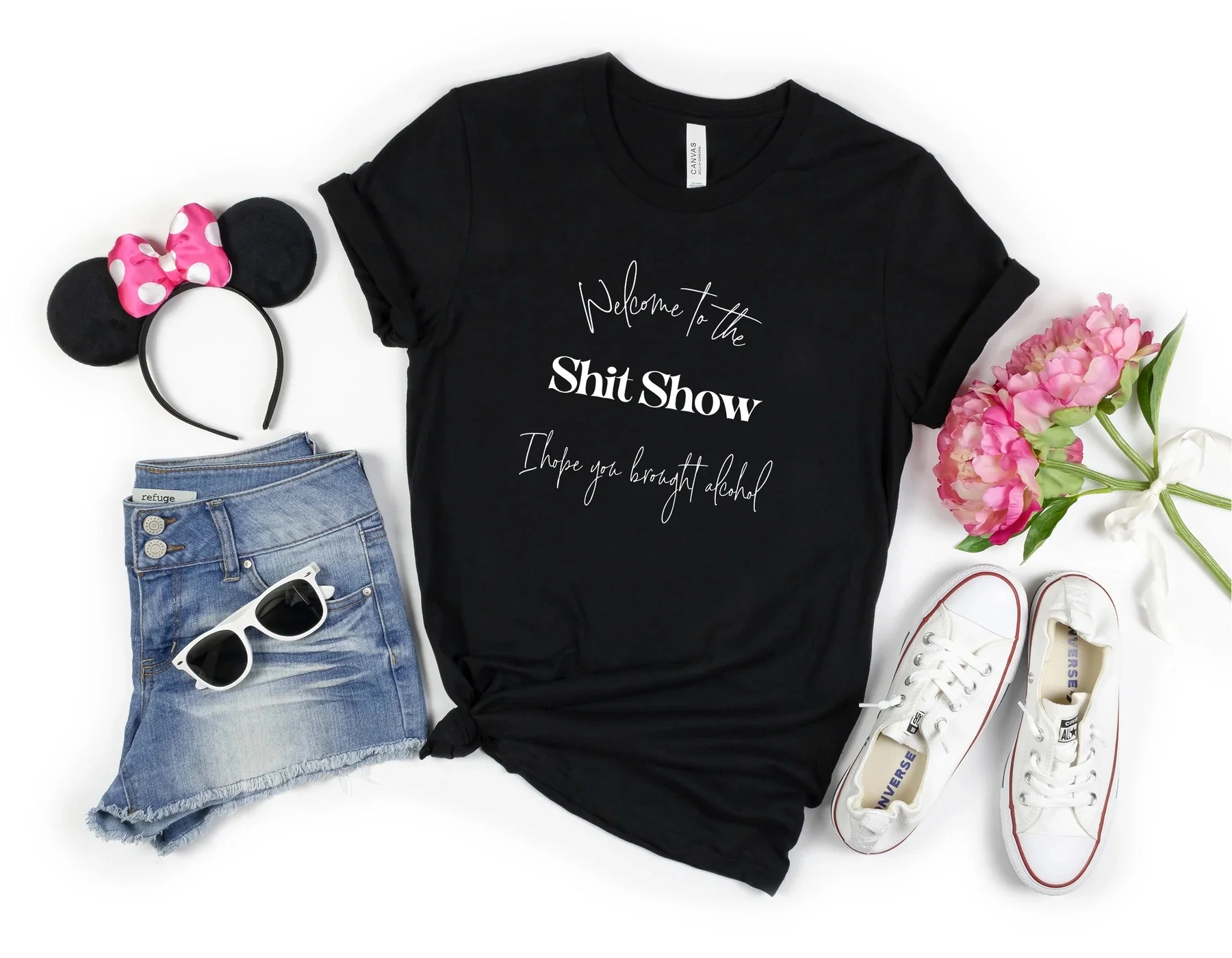In this advanced world of the fashion industry and apparel printing, there are many important things to consider for becoming a brand. It’s not only the type of artwork and best designs you are offering, it also depends on the type of printing technique, eco-friendly and sustainable manufacturing process you are using. There are different types of apparel printing techniques and each one of them is suitable in its own niche. If you are looking for the best printing method for your T-shirt business, this article is going to answer your question.
Types of Apparel Printing Techniques
The most important tip for choosing the right printing technique is to decide which one suits your business well. Each printing method has its own pros and cons and yes there are other important factors to consider like the number of colors used, time of production, and cost. Here we are going to explain different methods and then you can decide which one suits you best.
Screen Printing
It’s the most commonly used technique for t-shirt printing. It uses screens pressed up against fabric to place paint onto cloth one color per screen. Each press uses a single color, so it implies that for a T-shirt design that has 4 colors, you are going to need 5 different screens. Screen printing is high quality, professional-looking, long-lasting, and can be comparably cost-effective on bulk orders.

However, there are many drawbacks to this technique. The most obvious, it’s messy to work with many screens. If you need to print one shirt or two, it’s not worth creating so much mess only for few shirts. Besides, screen printing has setup fees, depending on the number of color screens to be burned.
Direct to Garment (DTG) Printing
The fact that the screen printing method is very common and known by everybody, direct to garment printing is somewhat new and advanced. The fact it’s a newly born technology, the printers used in this technique are also costly. However, the quality of the print you get is of top-notch quality. With the DTG printers, the design is printed directly on your desired product. This method provides unlimited colors and shades to be printed, the benefit you could not get from screen printing. It is the ideal choice for photo t-shirts and extremely detailed images.

Another top-notch benefit of DTG printing is that it is considered the only professional option for low-run orders. It means you can print one t-shirt or a hundred without any problem. However, the printing process time of DTG is longer than screen printing and the big downside is that the artwork can’t be printed on dark t-shirts (with some exceptions) as the printer does not print the white color. However, the result produced from DTG is professional, and prints are not felt on the garment. There is another advanced version of DTG technology called Direct to Film (DTF).
Heat Press Transfer Printing
Possibly the best choice for a small business, and we are certainly not talking about starting a clothing business. The heat press transfer method consists of printing transparent ink with the use of a computer on a specific piece of paper (Inkjet transfer paper). Full-color images and of extremely high quality can be printed, then applied to the cotton garment, and pressed in the heat press. The usual temperature is 180 degrees for 10 –to 30 seconds. With this method, you can print complicated designs variety of color options. The benefit is that the colors don’t need to be applied separately.

The heat press transfer is perfect for producing fast customized t-shirts. The disadvantage is that the colored picture can be applied only on light t-shirts because the colors in the design might be affected by the T-shirt color. Even though it’s fast and easy to print a T-shirt with this technique, the feel on transfer is heavy, and it cracks easily.
Dye Sublimation Printing
It is basically the heat transfer onto polyester garments and polyester-coated items (such as mugs). The dye sublimation process is however limited to printing on white or light to medium colored garments that have a 100% polyester surface and allows for full-color printing as well as spot color printing on garments. Sublimation ink is a unique ink that turns to gas when heat is applied. The heat makes polyester pores open and permanently absorbs the sublimation ink. But this is possible with most of the non-textile garments, like mugs, key chains, mousepads, etc.

This method can also be used for polyester T-shirts, but there is a limited demand in this niche. Dye-sublimation printing also needs a unique transfer paper which is more affordable than inkjet transfer paper, but the sublimation ink is very costly.
There are many other printing techniques like plastisol printing, water-based printing, non-PVC printing, discharge printing, 3D printing, etc. used for different kinds of purposes and businesses, but the above-mentioned are most widely used and famous.





